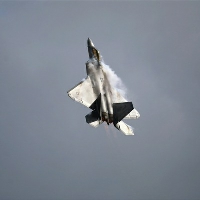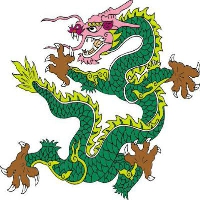Foreign affairs and foreign trade enterprises: Lithuanian translation, international trade. Lithuanian language professional use Lithuanian language mainly studies the basic theory and knowledge of Lithuanian language, grammar, spoken language, Lithuanian culture and history, receives skills training in Lithuanian language listening, speaking, reading, writing, translating, etc., and translates Lithuanian language
Expand Details









